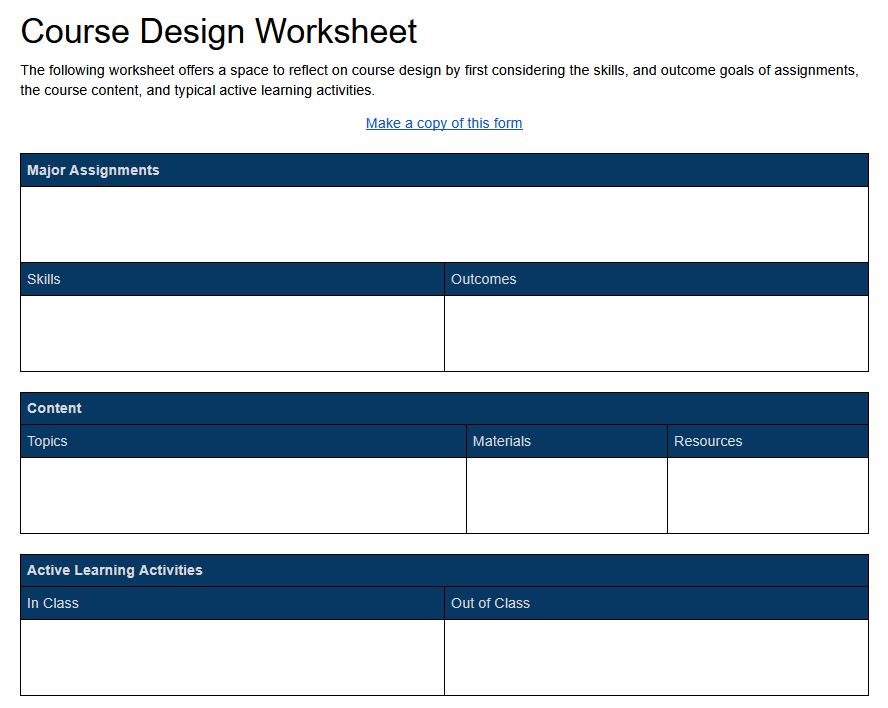When I first started redesigning my ENGL 100 class for the online space, I found myself trying to mostly migrate my two-day per week lesson plans into an online, asynchronous rhythm. Instead of talking in class, we’d post to a discussion board. Instead of writing on the board, I’d create a slide-deck presentation and screencast it. Instead of modeling close reading with a doc cam, I’d snap a bunch of pics of my annotations, and set these in montage to some smooth Julian Casablancas tunes.
For the most part that worked, but after reading my first semester student evaluations, I found I was overwhelming my students with 2 lectures a week, 2 discussions a week, 2 workshops a week…in other words, the direct migration of my onsite curriculum into the online space needed tweaking. There’s something about the dynamic, synchronous class meeting that affords one set of active engagement with content and something about the interactive, asynchronous space that affords another.

One way to consider the redesign possibilities of your curriculum is to step back and consider the big picture and the minutia of your course: a backwards design approach.
I’ve created a worksheet–based on materials I received in an @One course on Course Design–which encourages this approach. Click the image above or access the worksheet to make a copy here.
This worksheet moves from the big picture of course curriculum to the particulars of how this curriculum scaffolds over the semester’s schedule. Next, this worksheet moves from thinking about the tools and practices developed for a scheduled, onsite class to thinking about what these tools and practices might look like in a mostly asynchronous, digital space.
I’ve started to use this worksheet to think about how I will redesign my ENGL 202 class as an online course with one scheduled meeting per week in Zoom. So far, I find myself moving back and forth from big picture to details as I think about the course as it currently exist. I also found the SLO’s for ENGL 202 very helpful as a source of orientation for designing a recursive reading, “arguing,” and writing experiences. I’m pretty sure I will use this pattern to organize and assign content week by week.
Finally, I’m starting to think about what Canvas will eventually look like when I build ENGL 202 online. I will take some elements from my current Canvas design for ENGL 202 onsite, some elements from this season of using Canvas, Zoom, and Google docs to teach ENGL 202 remotely, and some elements of my ENGL 40 course design, a sentence crafting class I’ve been teaching online for a couple years now.
My approach certainly is only one way to think about online course design. I hope we can all share our breakthroughs and work with one another to troubleshoot challenges. I’m looking forward to collaborating with you all!
